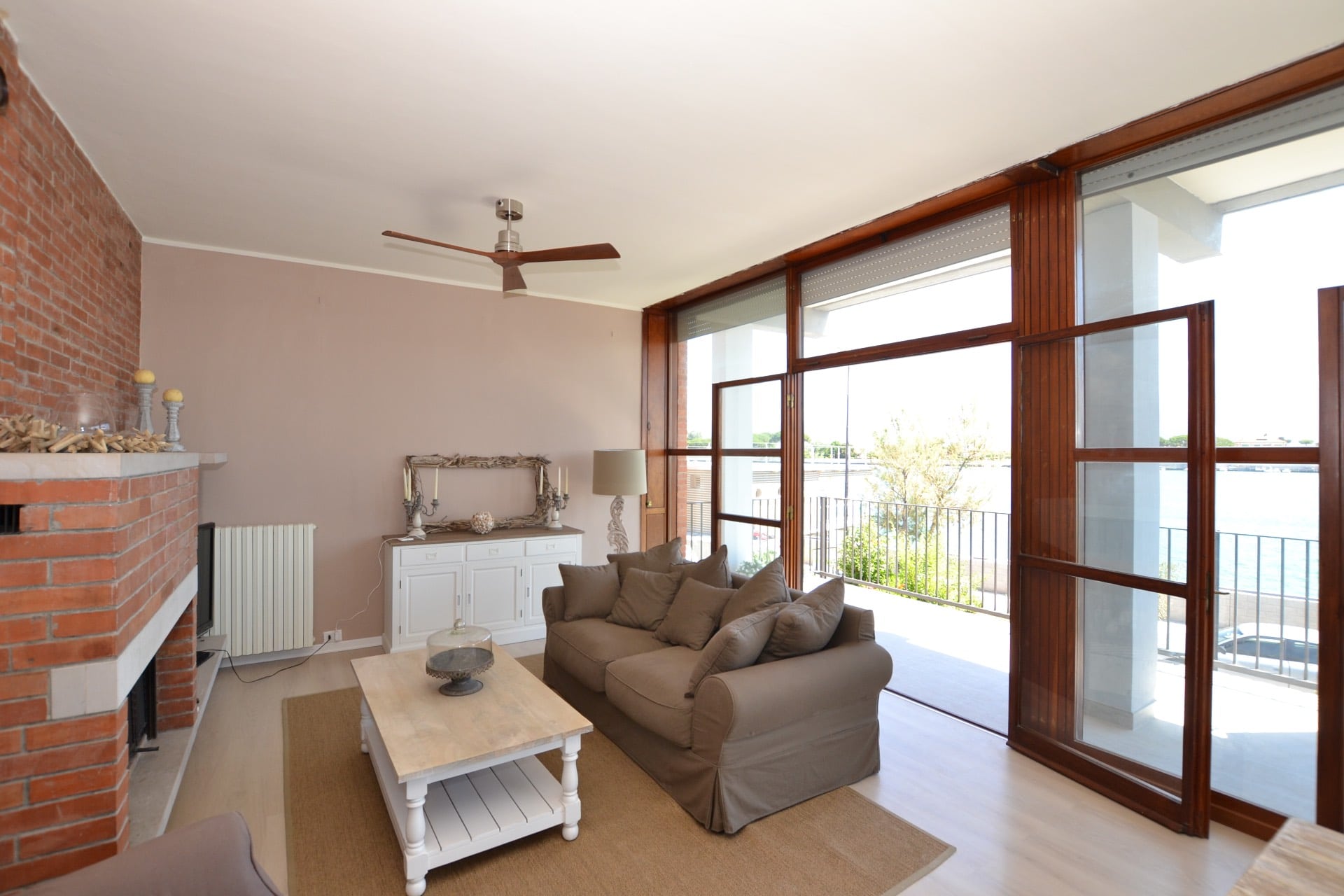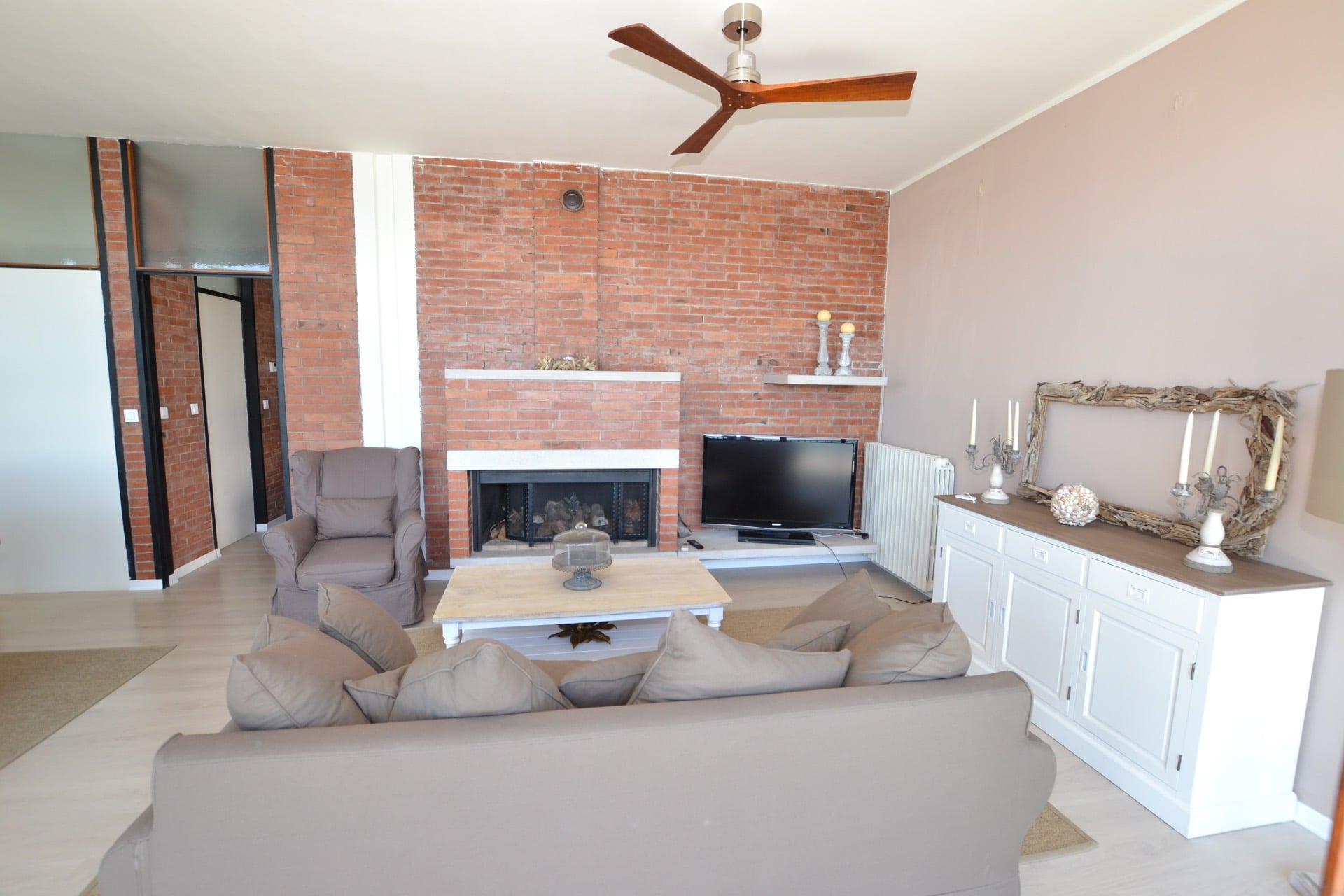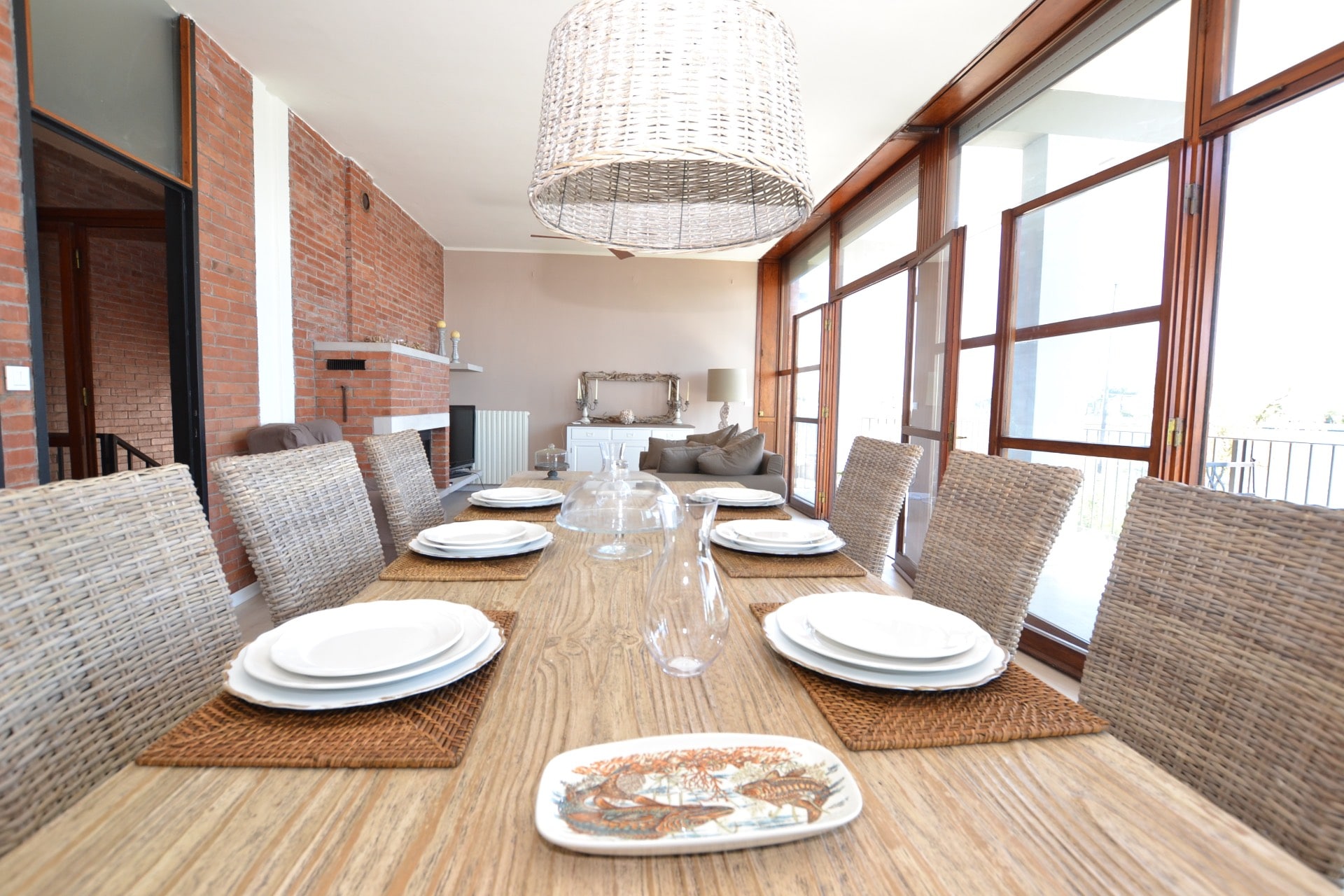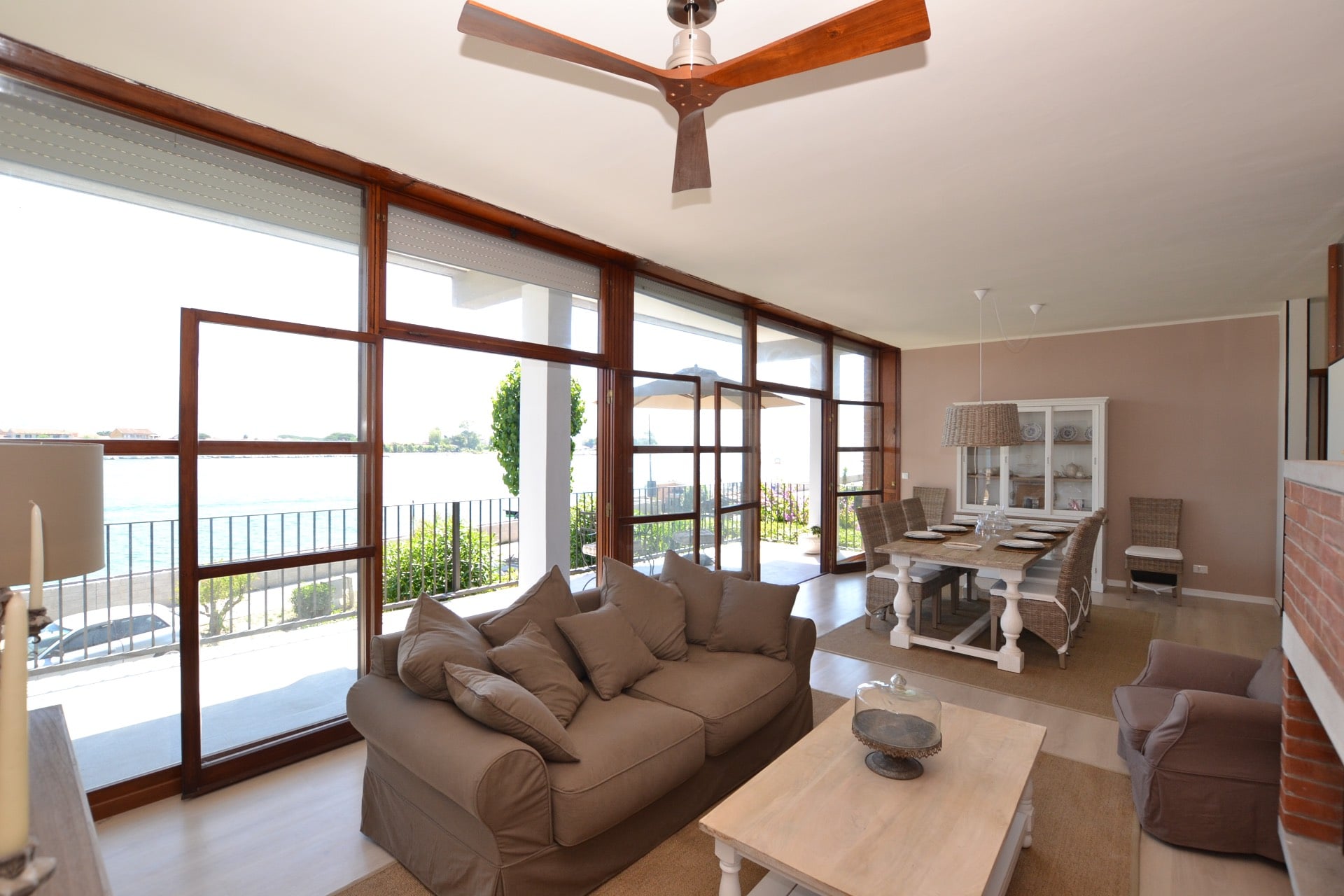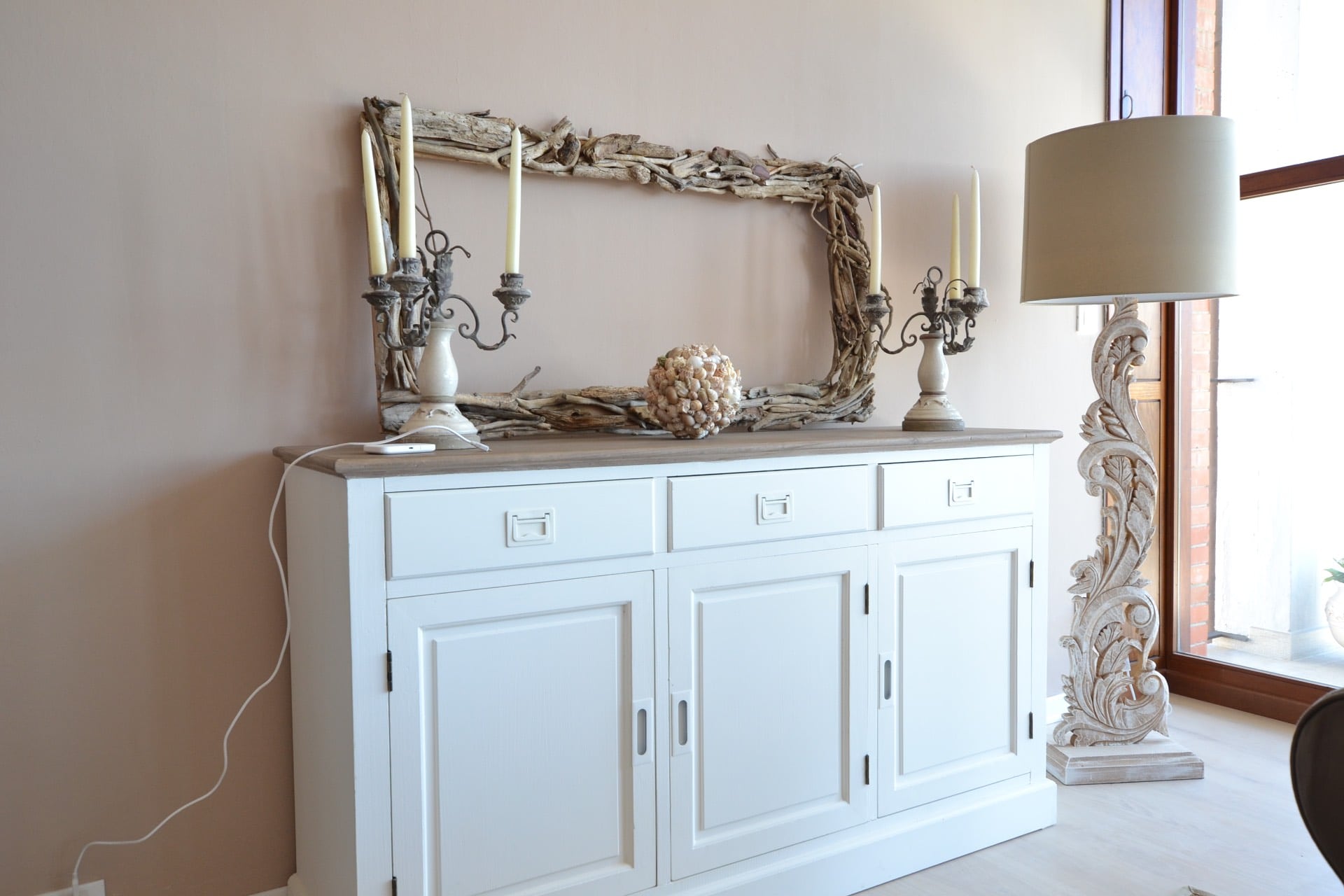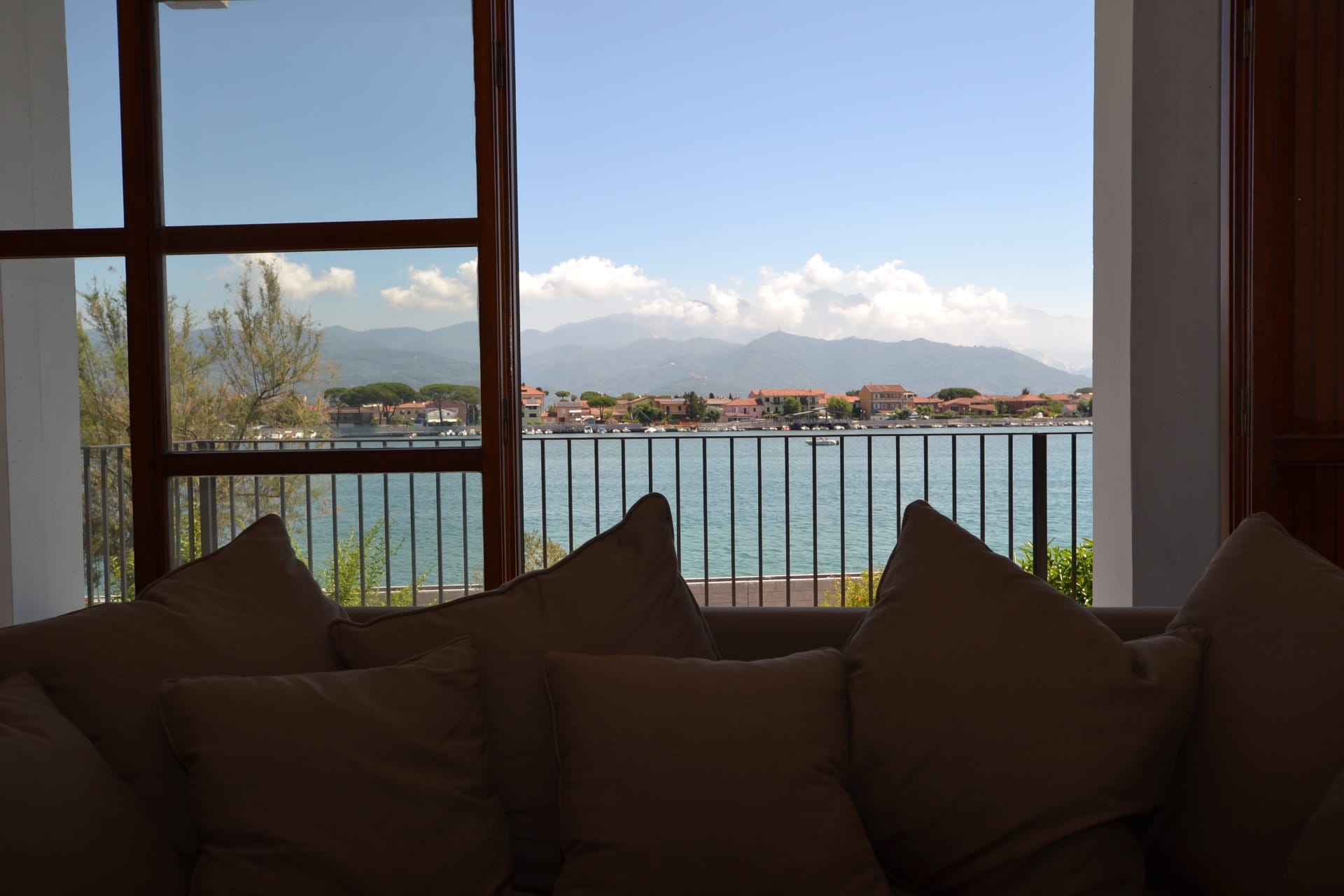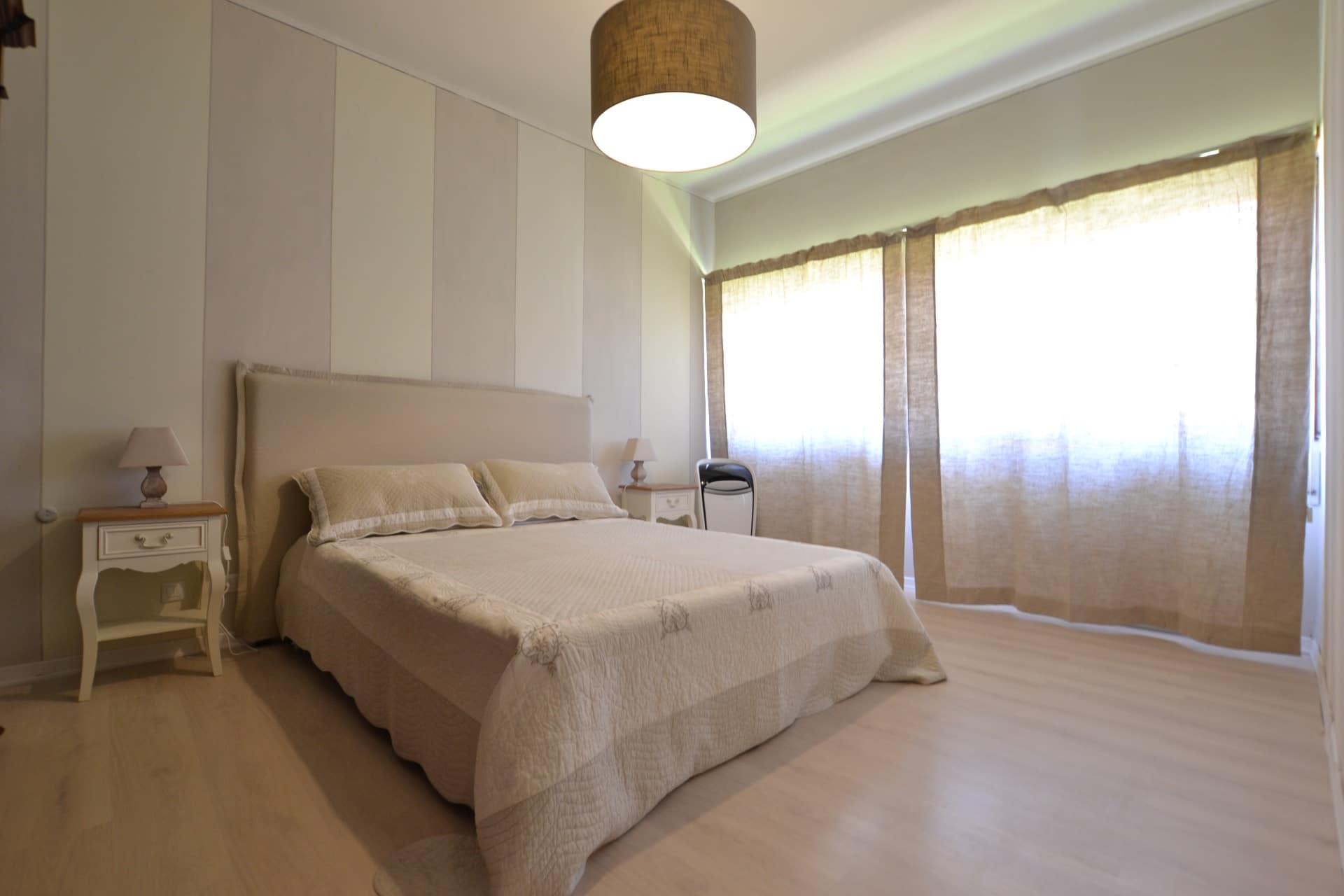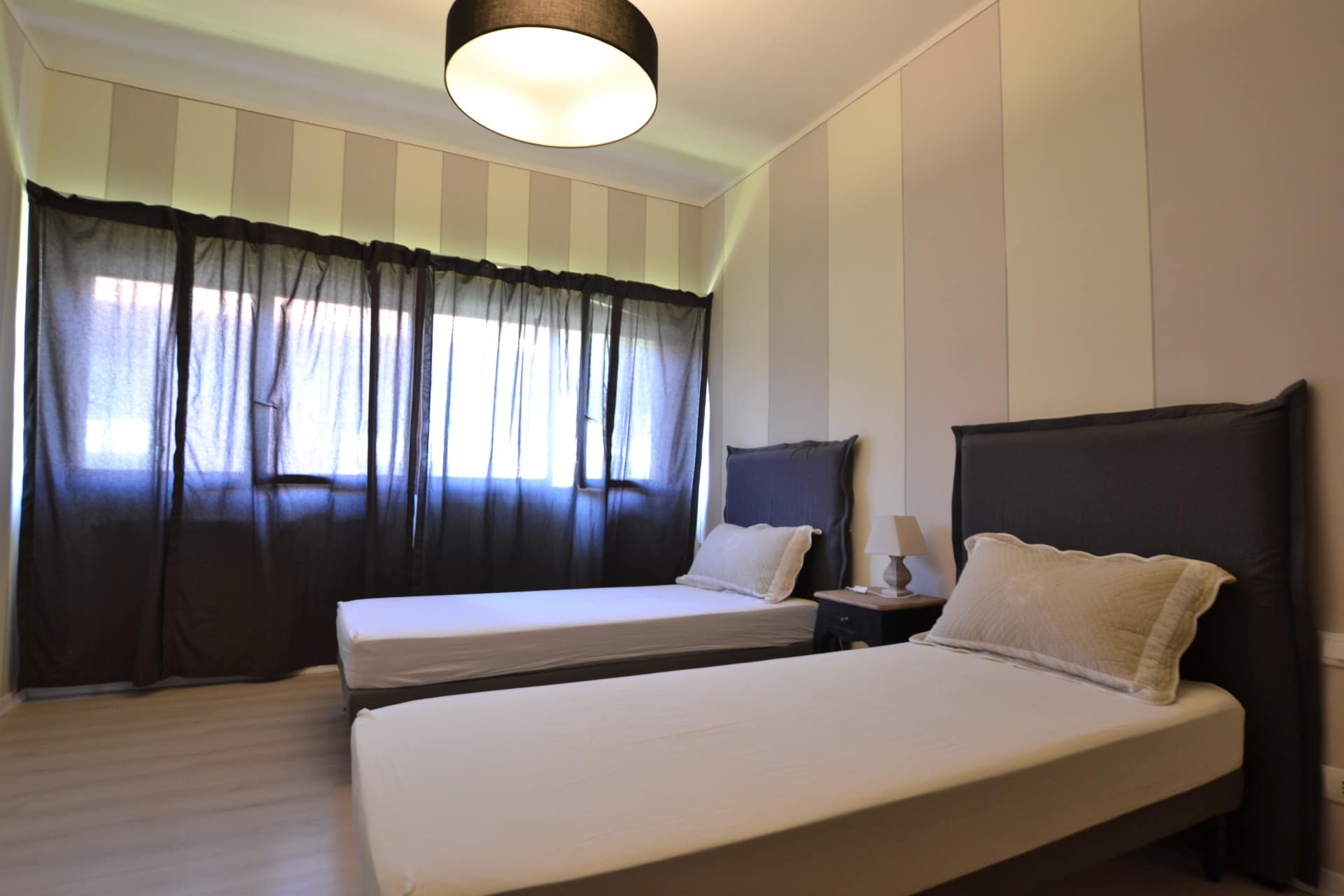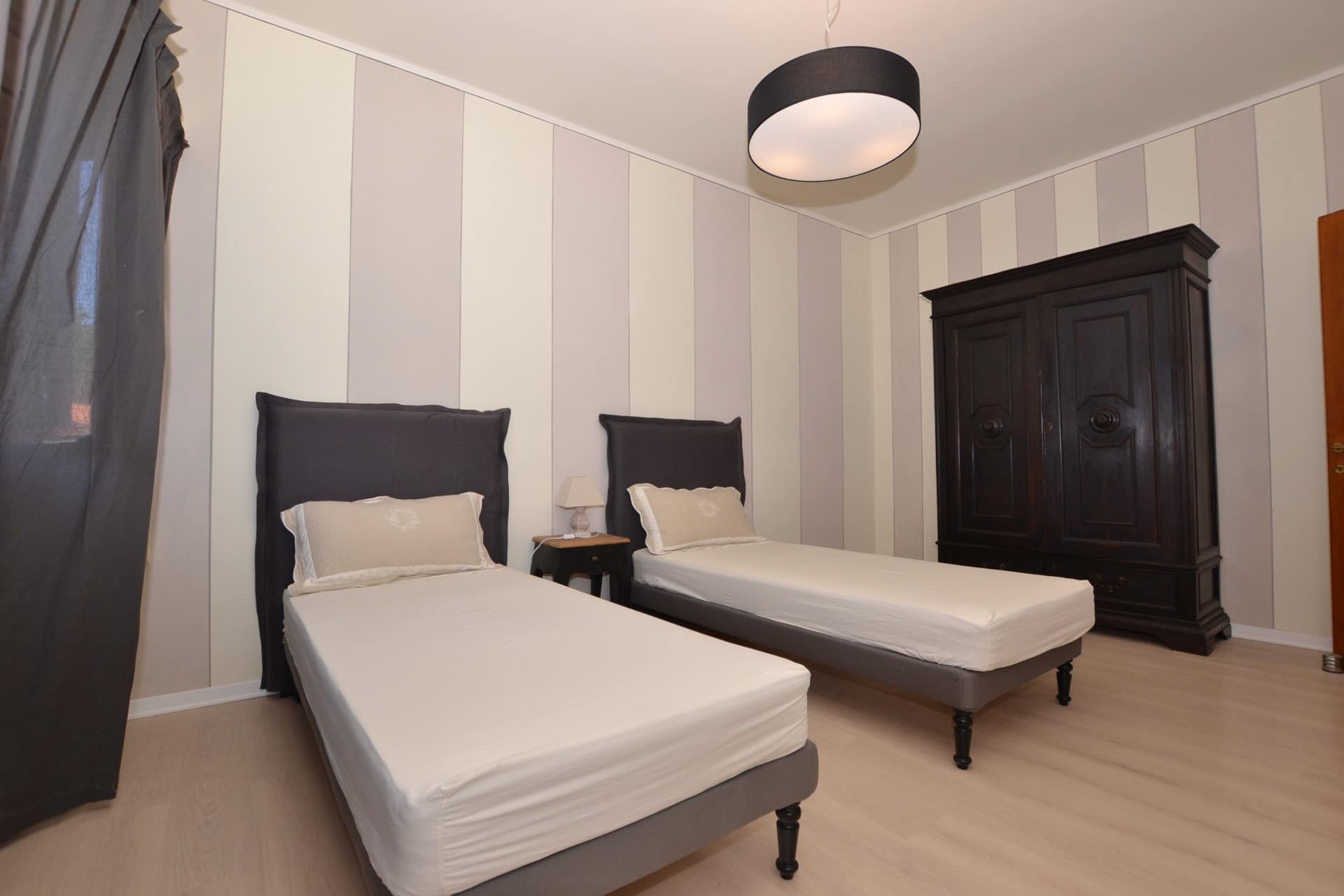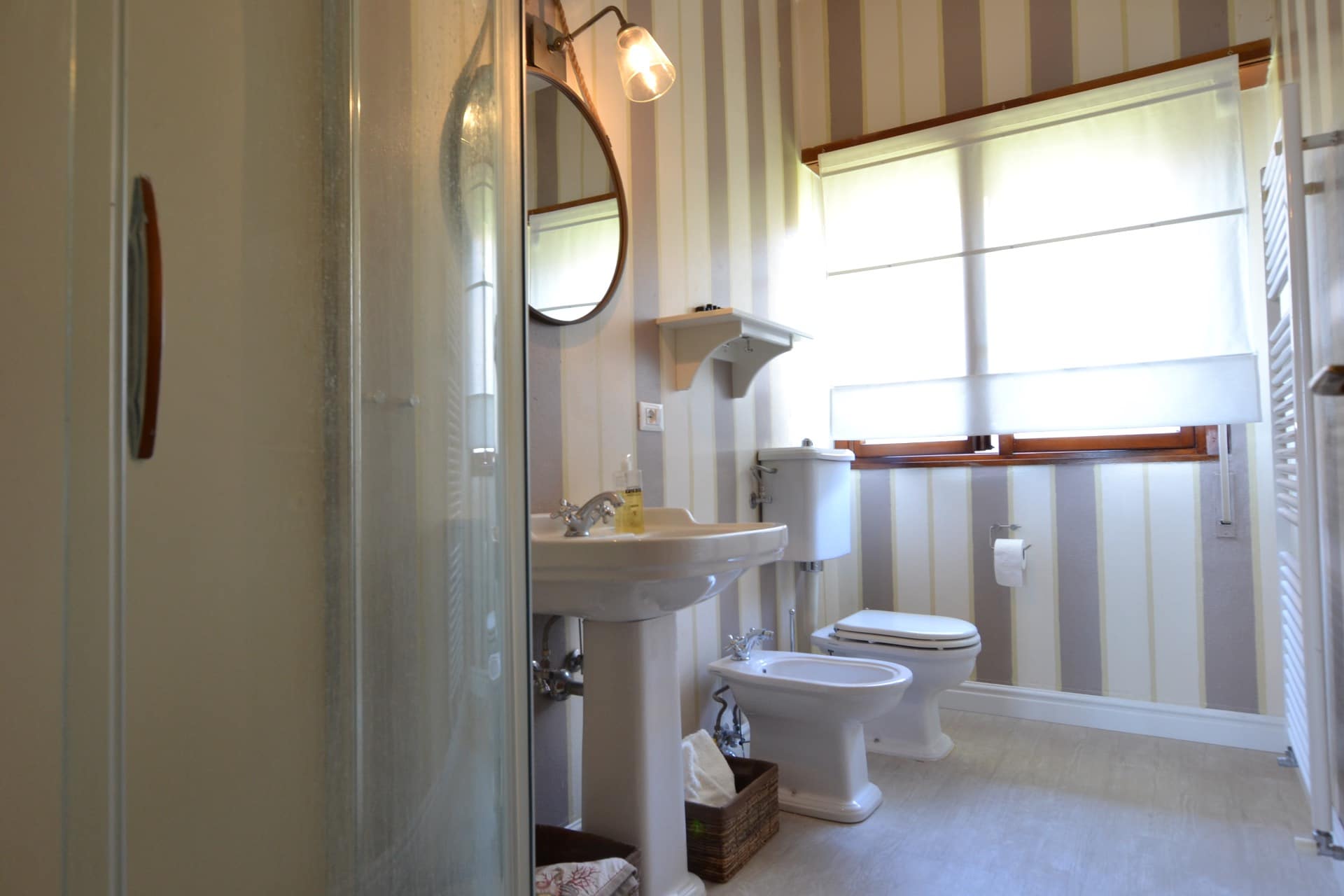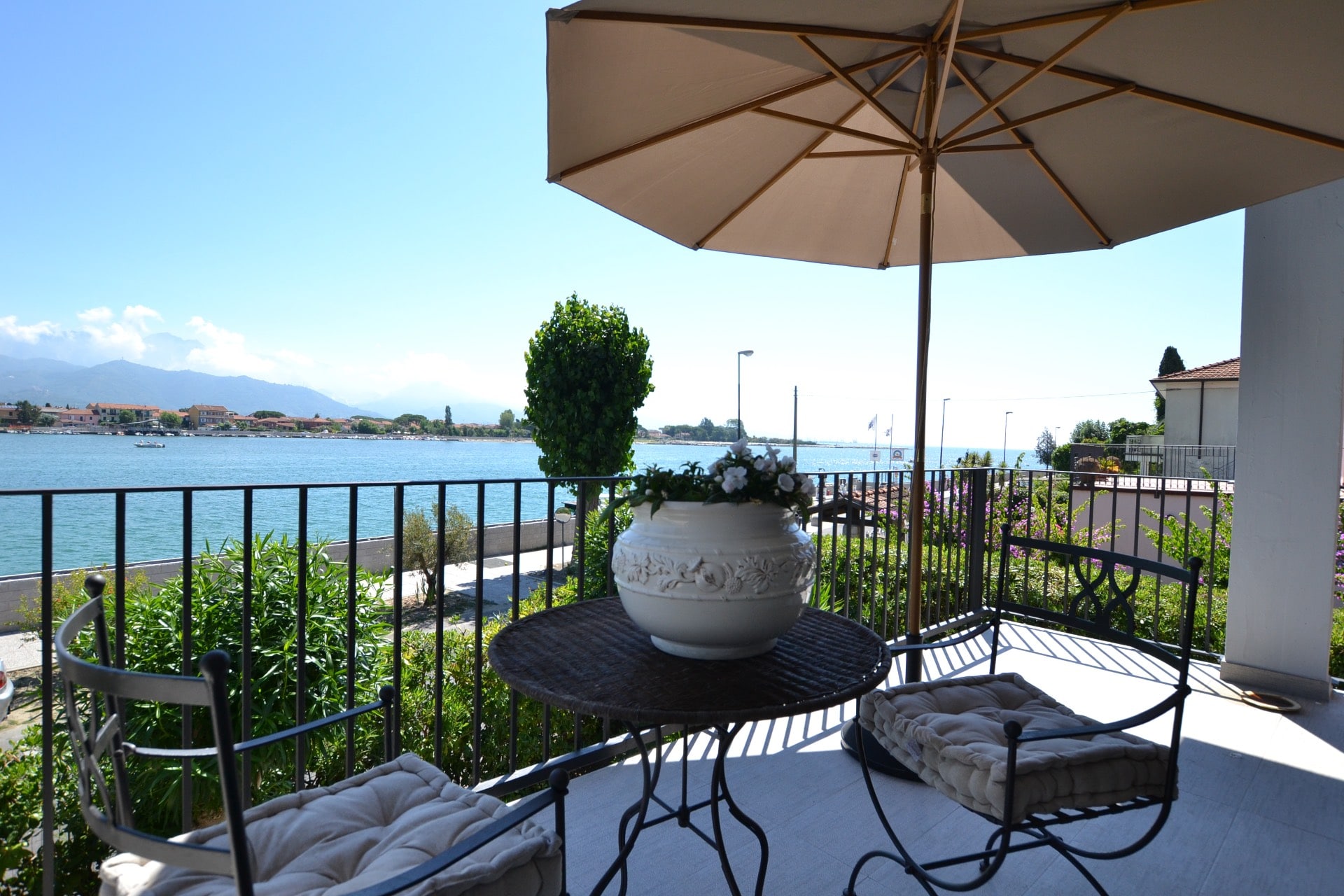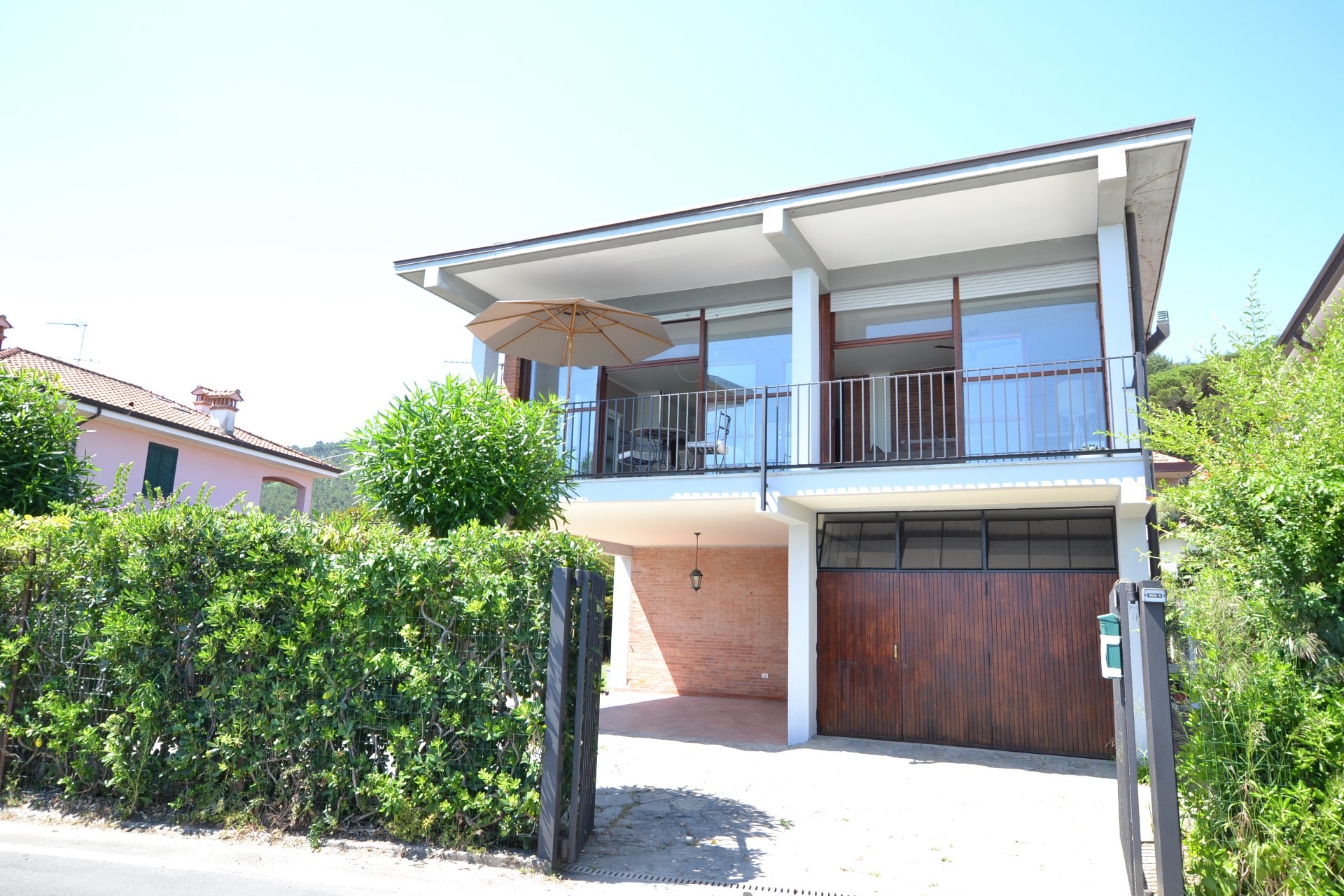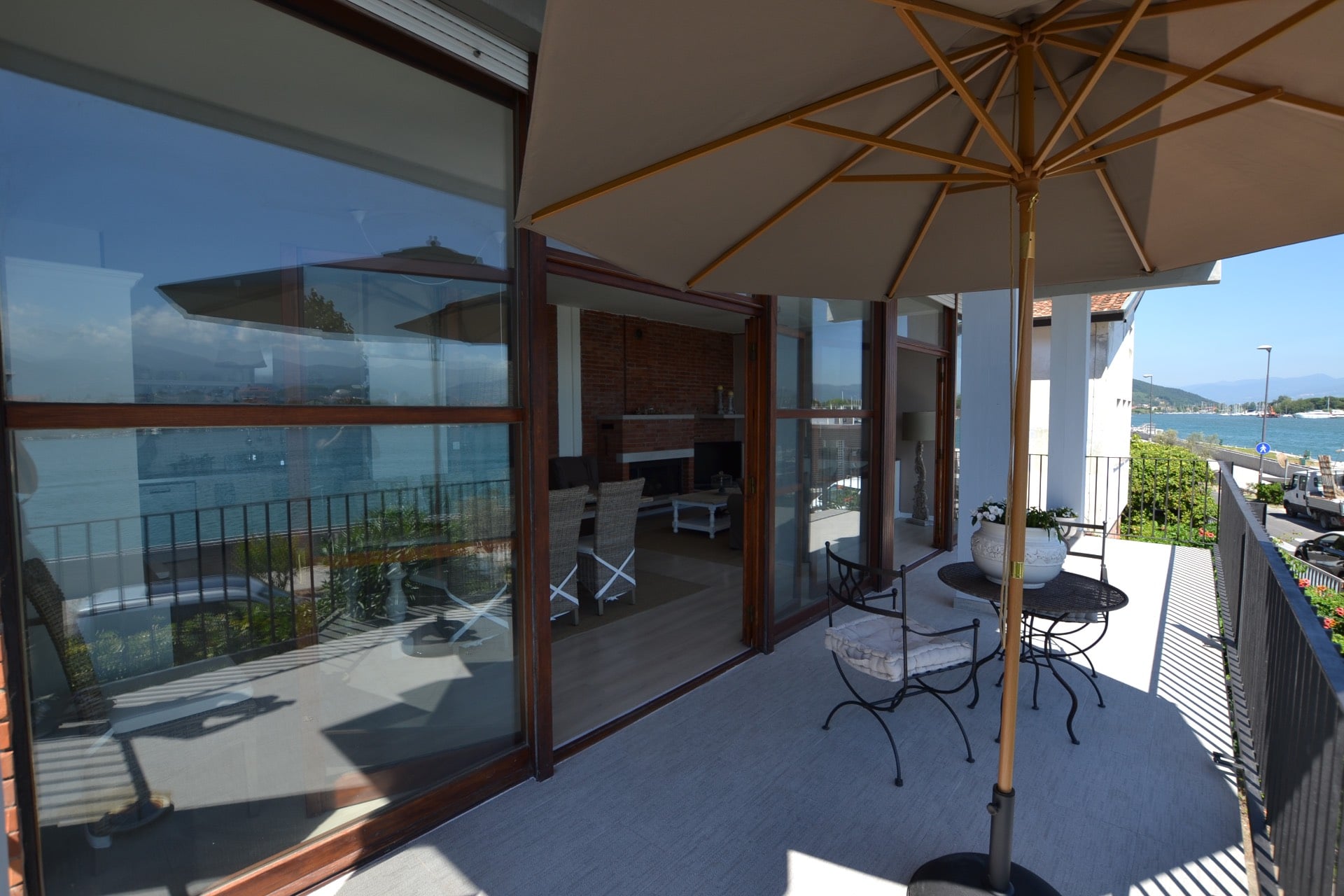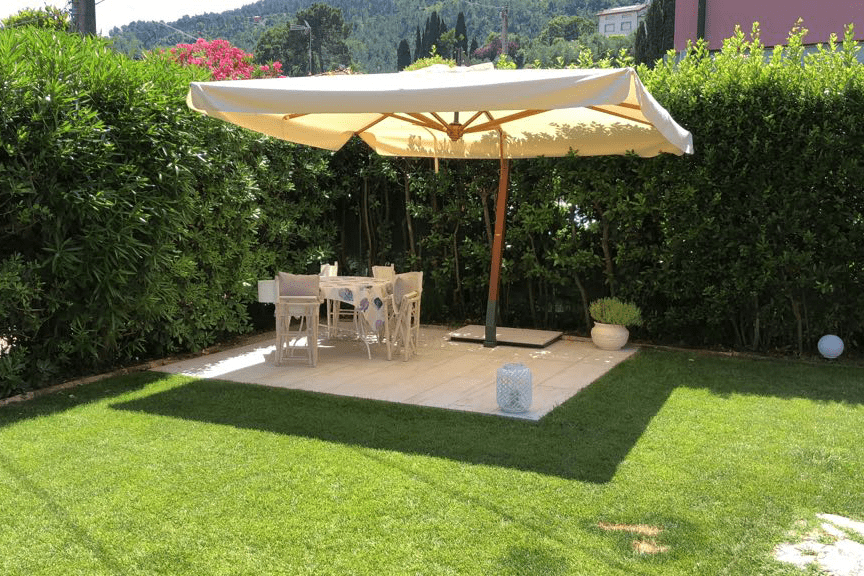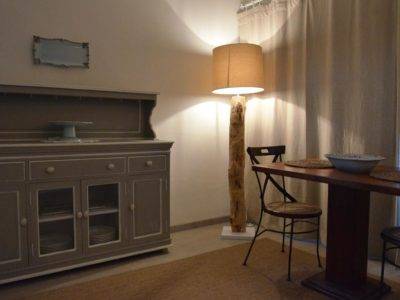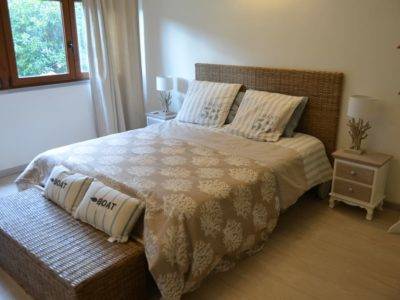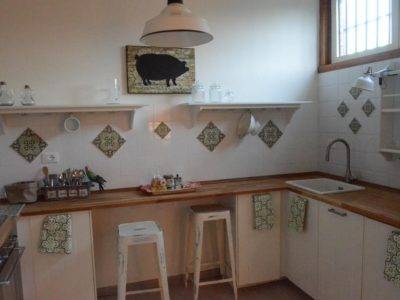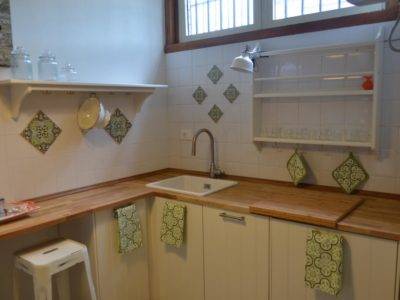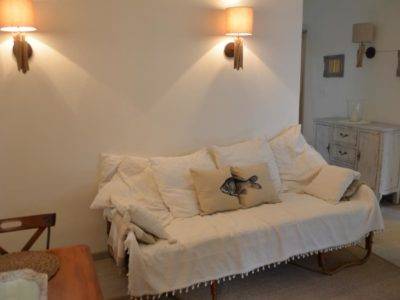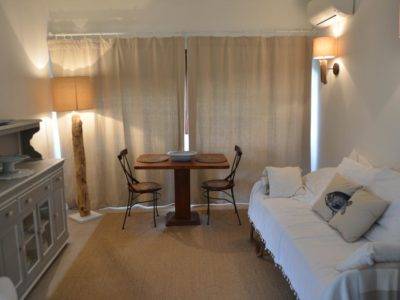

WELCOME

Located in the Magra park near the Cinque Terre (30 minutes by boat) towards Liguria and Tuscany 10 minutes from the Alpi Apuane Park and 20 minutes drive to Versilia. About an hour from the cities of art: Florence, Pisa, Lucca, San Gimignano, Siena, Montalcino …
THE VILLA
NEARBY
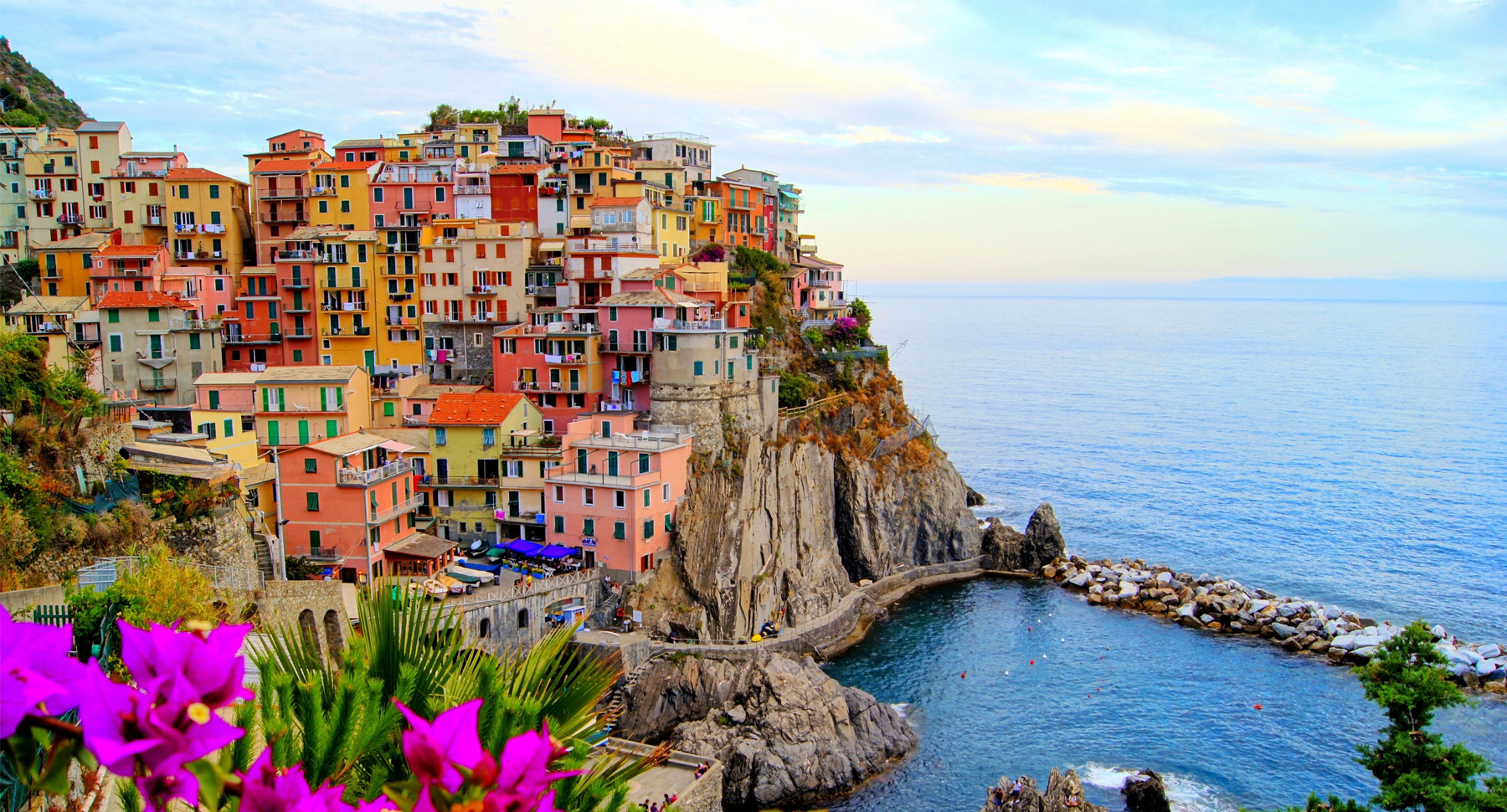
CINQUE TERRE
The Cinque Terre is a jagged stretch of coast of the Eastern Ligurian Riviera (Riviera spezzina) located in the province of La Spezia between Punta Mesco and Punta di Montenero, in which there are five villages or, as we once said, lands, here listed from west to east: Monterosso al Mare, Vernazza, Corniglia, Manarola, Riomaggiore.
Since 1997 they are part of the list of UNESCO World Heritage Sites.
Thanks to the geographical and anthropological characteristics of the territory where they are located, the Cinque Terre are considered one of the most evocative Italian coastal attractions, due to their hilly and rugged natural hilly landscape, softened by the construction of terraces or bands for the culture, which falls towards the sea with steep slopes; in the points where the sea snakes its way into the earth, the villages rise up, articulated to follow the natural shape of the hills.
Food and wine tourism is also highly developed, by virtue of the typical products of the local land and of fishing, but recently tourism opportunities have been developed linked to sports activities such as underwater fishing, trekking and mountain biking.
Cultural tourism has been developed thanks to the many initiatives implemented in the individual locations. Recently, the Aria Festival was organized, an international festival of street artists also held in the nearby towns of Porto Venere and on the island of Palmaria.
In 2007 in Manarola the world’s largest nativity scene was built, consisting of about 300 characters made of recycled materials, distributed over 4,000 square meters in the vineyards, illuminated by 15,000 light bulbs connected by 8 kilometers of cables.
THE APUAN ALPS
The Apuan Alps is a mountain range located in the north-west of Tuscany, part of the Tuscan Subappennino and bordered to the northwest by the river Magra (Lunigiana), to the east by the river Serchio (Garfagnana, Mediavalle and Piana di Lucca) and south- west from Versilia and the Apuan Riviera, affecting part of the territory of the provinces of Lucca, Massa-Carrara and La Spezia. The territory corresponding to their basin is historically known also with the toponym Apuania, that is a part of the territory of Tuscany. Since 1985 part of the territory is included in the Regional Natural Park of the Apuan Alps, which since 2012 has entered the network of UNESCO protected Geoparks.
The marbles of the Apuan Alps are probably the best known stone material in the world. Up to 14 product categories have been recognized, grouped according to their characteristics into 5 groups: white marbles, brecciated marbles, gray and veined marbles, cipollini marbles and historic marbles.
The beginning of the marble excavation in the Apuan Alps is well evidenced in Roman times, but recently, some studies have confirmed the processing of this marble even in pre-Roman times that was used for funerary artifacts. A first intensive excavation activity was recorded during the first century BC, in fact, as a result of a strong renewal of the public and private architecture of Rome, there was a considerable increase in the production of marble that was extracted, for the most part, from quarries located at the bottom of the four main marble basins of the Carrara area (Boccanaglia, Torano, Miseglia and Colonnata).
The dense presence of associations C.A.I. near the area it has favored the creation of a very wide and varied trail network, integrated by old mule tracks, vie routes and marble roads.
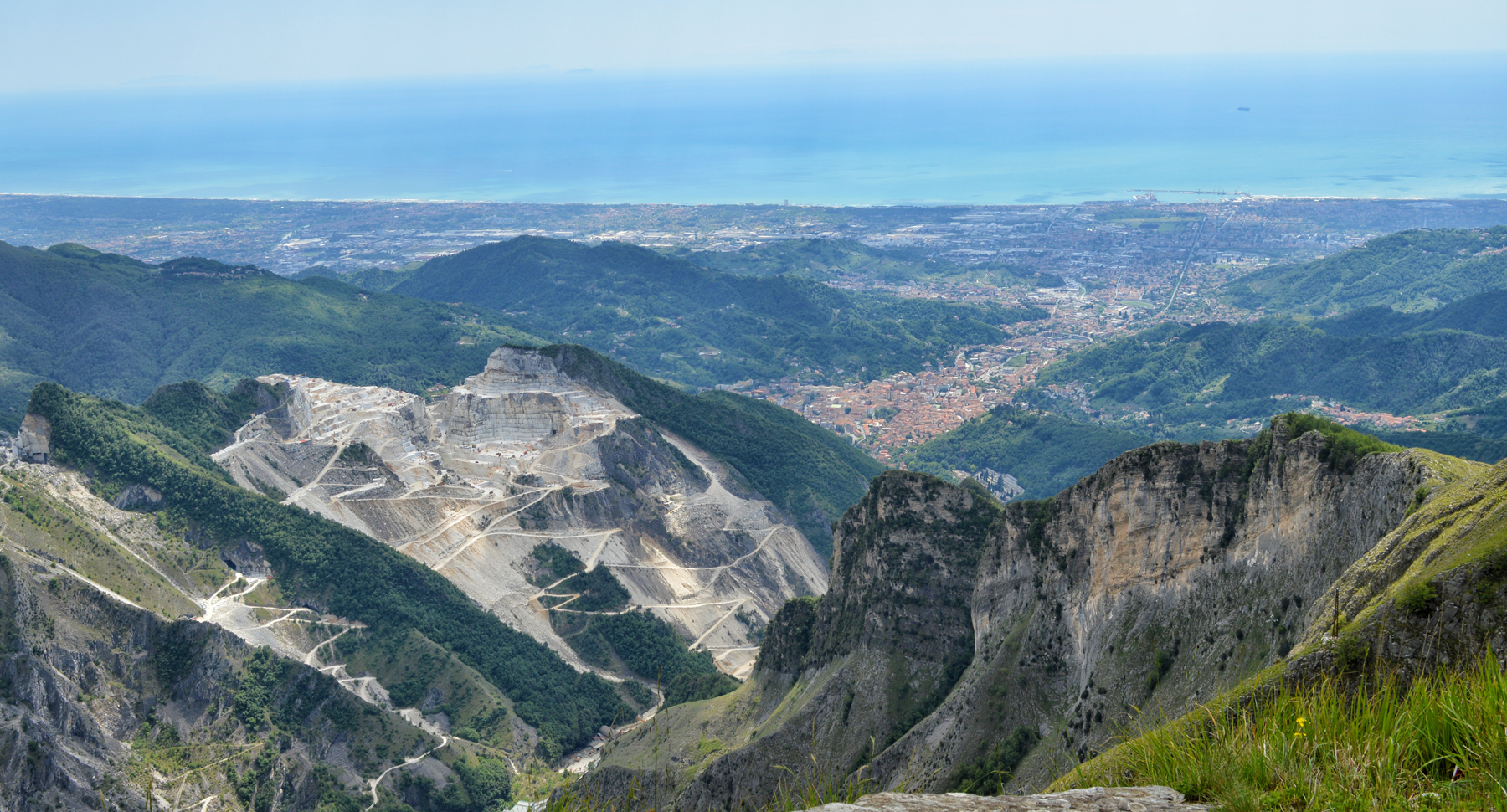
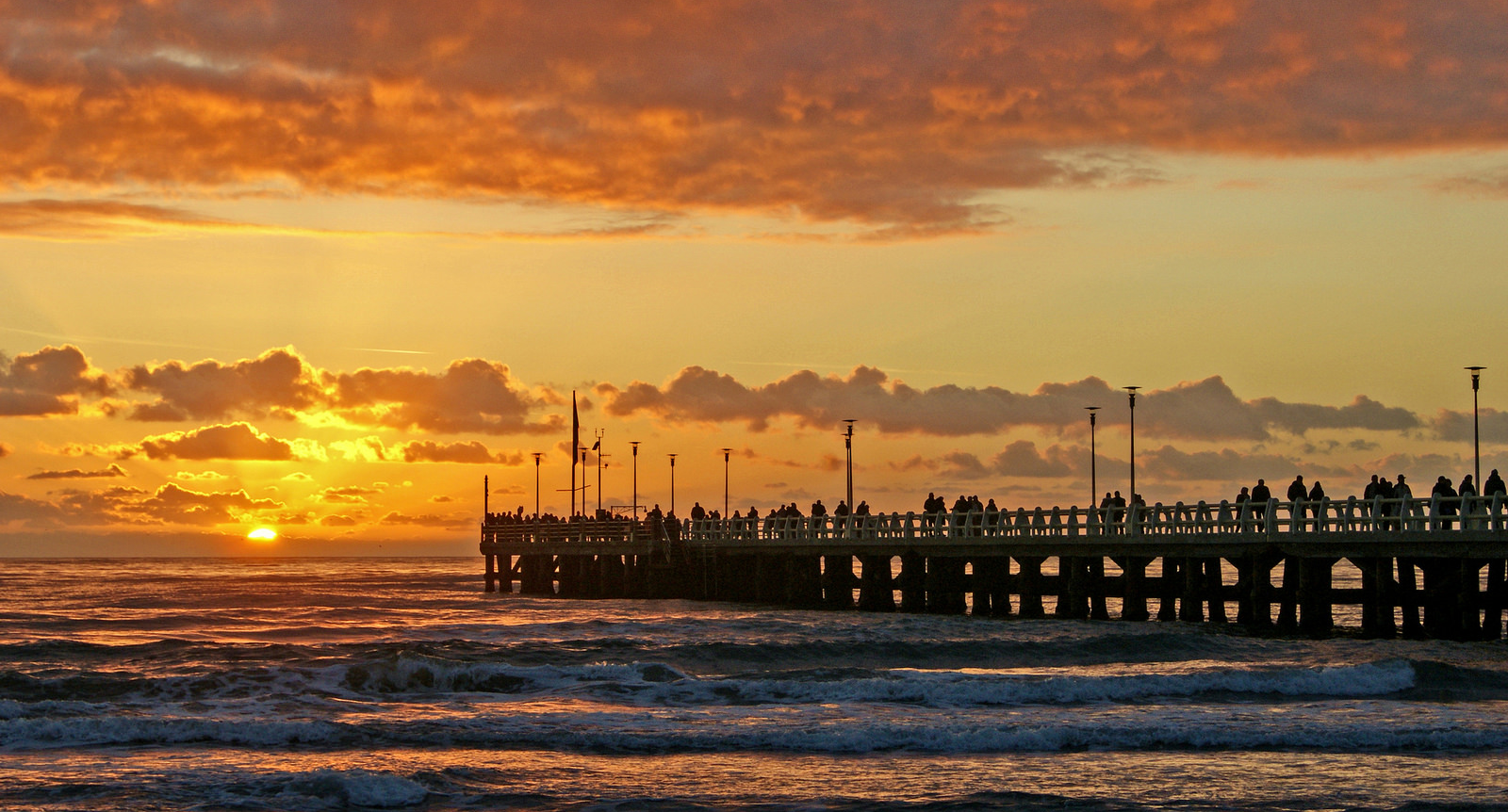
FORTE DEI MARMI
The symbol of the town, in the center of the city, is Fortino, the grand-ducal fortress built at the end of the eighteenth century, today immersed in a modern urban context consisting of a grid of tree-lined streets that gives the city a worldly and restful appearance. The building underwent a renovation in 2004.
Also interesting is the interior where on the upper floor there is the Museum of Satire and Caricature, one of the most important museums of the genre in the world. Important temporary exhibitions are set up on the ground floor. On the side of the Fortino, in Piazza Garibaldi, there is a well dating back to the eighteenth century.
On the sea there is the jetty, 300 meters from the coast, which was used to embark the large blocks of marble leaving for the whole world and now used as a tourist destination and a temporary docking point for a local ferry that goes the Cinque Terre.
There are also the Villa Agnelli, today a hotel, with the underpass that leads directly to the sea, and the famous Capannina nightclub of Franceschi, inaugurated in 1929 and still in business.
A Vittoria Apuana is Villa Bertelli recently acquired by the City and renovated, home to exhibitions and concert performances. Not far from the Villa it is possible to visit the memorial house of the sculptor Ugo Guidi, seat of a museum in his honor, where a large part of his production is kept and temporary exhibitions are held.
Also noteworthy is the Church of Sant’Ermete. More recent are the churches of San Francesco d’Assisi in Vittoria Apuana, of the Resurrection in Imperial Rome and of Santa Teresa in Vaiana.
LUCCA
Famous for its historical monuments, for the unique historical center in preserving structures of various ancient ages and especially for the intact 16th-century walls, it is a remarkable Italian art city.
Officially of Roman origins, but on probable previous settlements, Lucca, city of merchants and weavers, maintained its autonomy as an independent state for several centuries until 1799 when the ancient Republic was abolished, following the French conquest by the Napoleonic troops , giving life to the Principality of Lucca and subsequently to the Bourbon Duchy of Lucca.
Tied closely to tourism, it also lives a lot thanks to the industry and to the lively medium-small businesses (important at a national level are the paper mills scattered throughout the province). In recent years, good quality wineries have developed, especially in the Montecarlo area (D.O.C.) and on the hills surrounding the city.
Every year between the end of October and the beginning of November Lucca Comics & Games takes place, considered the second most important convention in the world (after the Japanese Comiket) dedicated to the world of comics, animation, games and video games.
In July the Summer Festival takes place in Lucca, a musical event in Piazza Napoleone that hosts internationally renowned artists and attracts people from all over Italy.
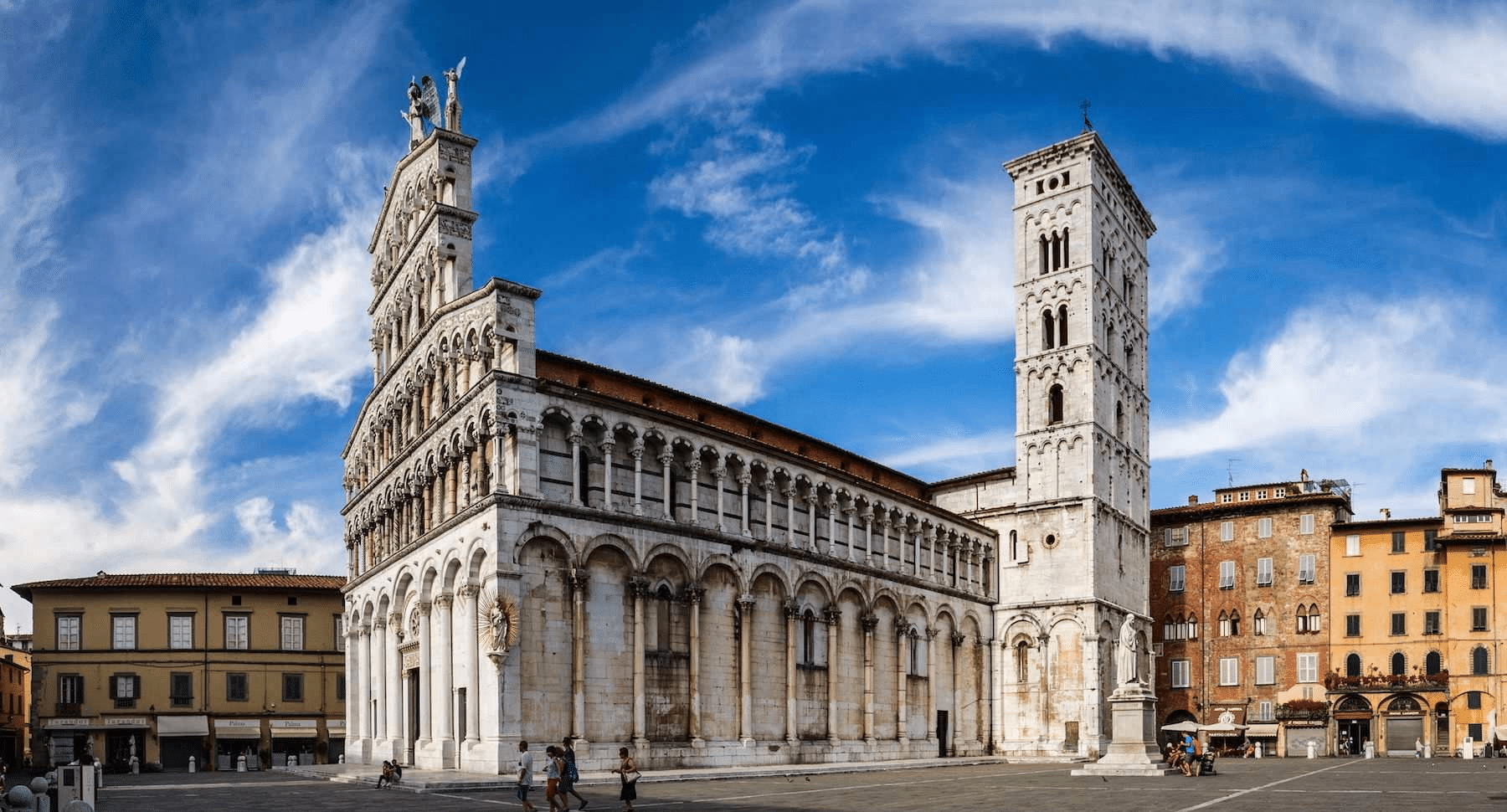
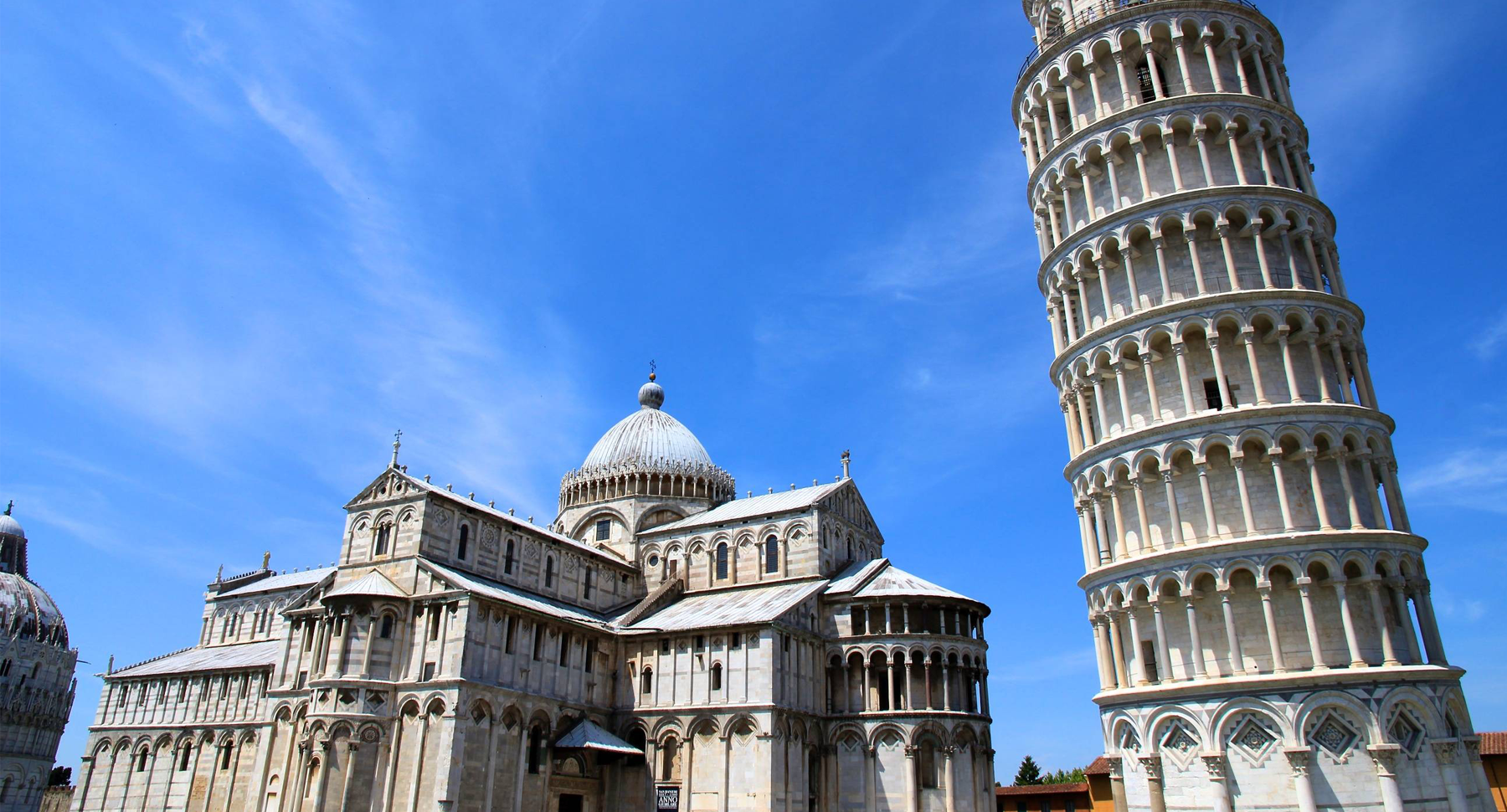
PISA
According to a legend, Pisa was founded by some mythical Trojan refugees from the homonymous Greek city of Pisa, once placed in the valley of the river Alfeo, in the Peloponnese.
Among the most important monuments of the city there is the famous Piazza del Duomo, called Piazza dei Miracoli, declared World Heritage Site, with the Cathedral built between 1063 and 1118 in Pisan Romanesque style and the Leaning Tower, bell tower of the twelfth century, today one of the most famous Italian monuments in the world because of its characteristic inclination.
The city is home to three of the most important university institutions in Italy and Europe, the University of Pisa, the Scuola Normale Superiore and the Scuola Superiore Sant’Anna, as well as the largest headquarters of the National Research Council ( CNR) and other numerous research institutes.
Piazza del Duomo, also known by the poetic expression Piazza dei Miracoli, is the most important artistic and tourist center of Pisa. Listed as a UNESCO World Heritage Site since 1987, you can admire some masterpieces of European Romanesque architecture, that is the monuments that form the center of the religious life of the city: the cathedral, the baptistery, the cemetery, and the bell tower.
June 17: Feast of the patron saint of the city, San Ranieri. On the eve of the evening of June 16th, the facades of the buildings overlooking the lungarni are illuminated by candles and candles, in the vernacular called lampanini. The party, called Luminara di San Ranieri, culminates with a fireworks display and then protracted throughout the night. On the afternoon of June 17th there is the Palio di San Ranieri, where the four quarters of the historic center compete in a regatta on the Arno: Sant’Antonio, San Martino, San Francesco and Santa Maria.
FLORENCE
In the Middle Ages it was an important artistic, cultural, commercial, political, economic and financial center. In the modern age it was the capital of the Grand Duchy of Tuscany, from 1569 to 1859, with the government of the Medici and Lorraine families.
In 1865 Florence was proclaimed capital of the Kingdom of Italy (second, after Turin). The city maintained this status until 1871, the year that marked the end of the Risorgimento.
The heart of Florence is Piazza della Signoria, with the majestic Palazzo Vecchio, with the gallery of sculptural masterpieces in the Loggia dei Lanzi and the nearby Galleria degli Uffizi, one of the most renowned art museums in the world. Not far away is the religious center of the cathedral of Santa Maria del Fiore, with its majestic dome (the largest ever built). At the time of the Grand Duchy, it was said that with its shadow it would cover all of Tuscany. The enormous Duomo is magnificently accompanied by Giotto’s Bell Tower, one of the most beautiful in Italy, and by the Baptistery of San Giovanni, with the famous bronze doors among which the golden door of Paradise stands out.
Florence has a great tradition of fashion that makes it one of the most active in the country and beyond. In addition to craft shops, especially leather goods (many are between Piazza Santa Croce and Borgo de ‘Greci), the high fashion industry is very important. In fact, the city boasts fashion houses such as Gucci, Enrico Coveri, Roberto Cavalli, Salvatore Ferragamo, Ermanno Scervino, Patrizia Pepe, Emilio Pucci, Roy Rogers, Conte of Florence and many others. The major high fashion boutiques are concentrated in the luxury shopping district, in via de ‘Tornabuoni and via della Vigna Nuova.
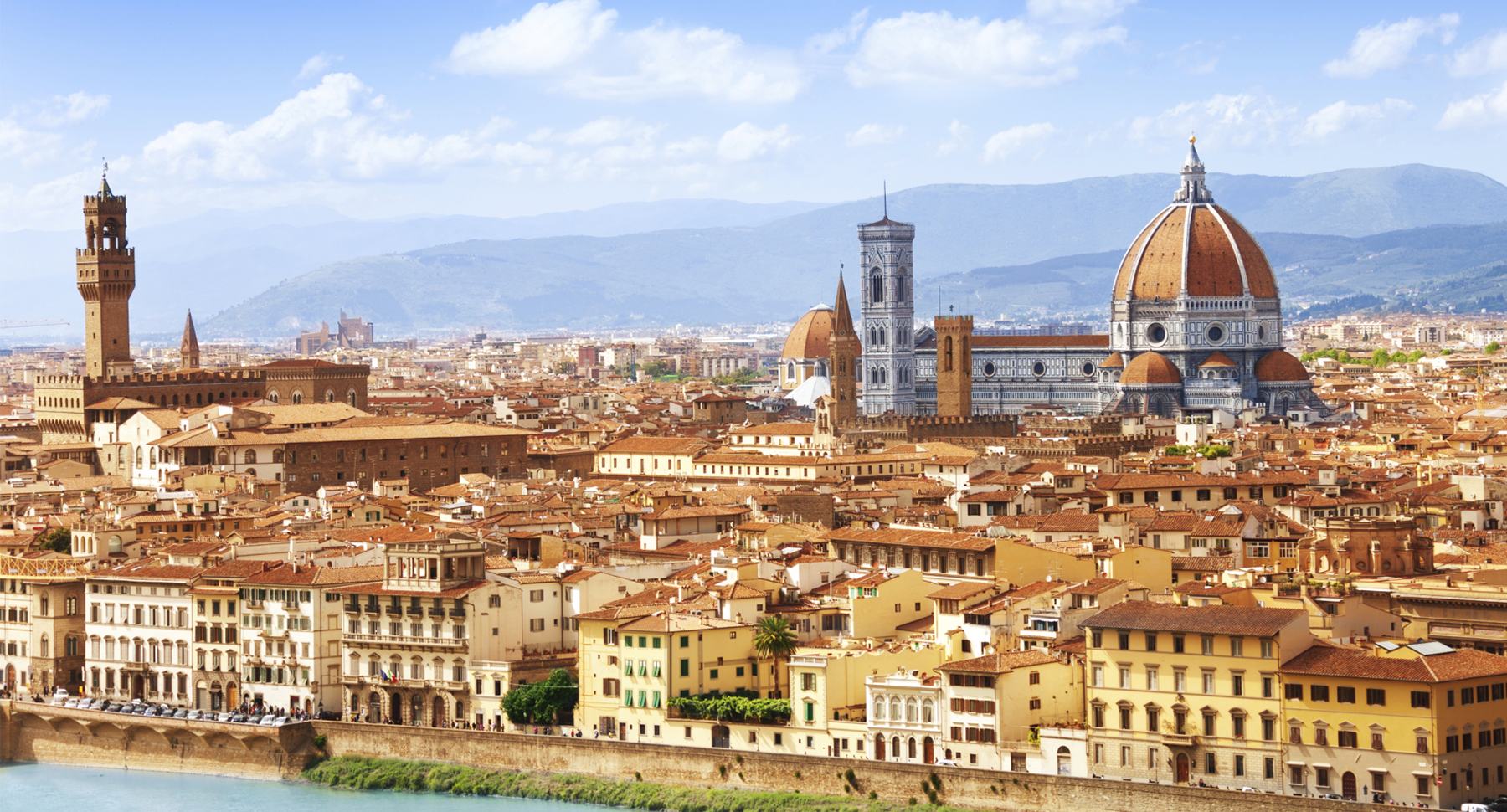
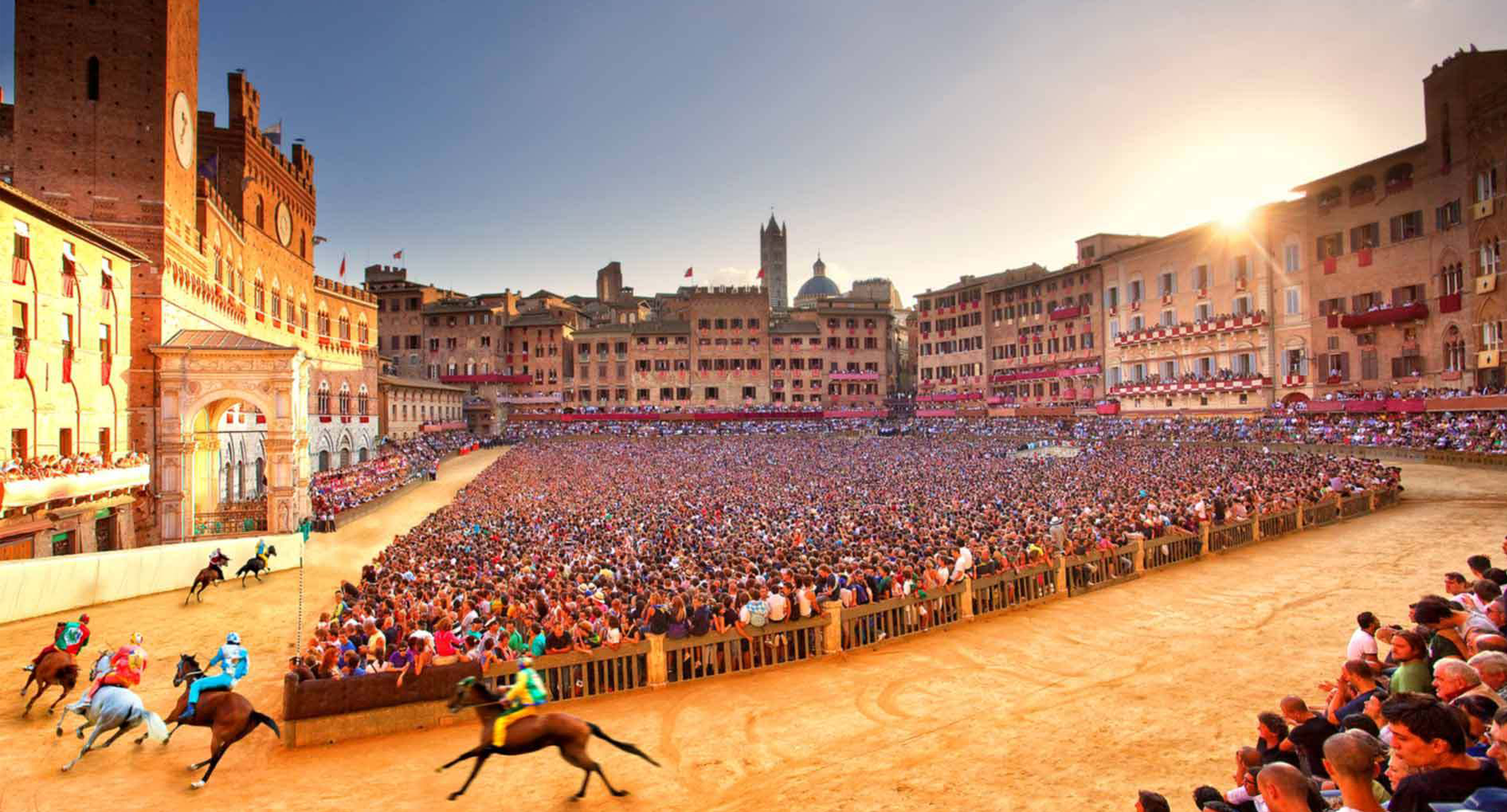
SIENA
The city is universally known for its huge historical, artistic, scenic heritage and for its substantial stylistic unity of medieval urban furniture, as well as for the famous Palio.
In 1995 its historic center was included by UNESCO in the World Heritage.
The city is home to the Monte dei Paschi di Siena bank, founded in 1472 and therefore the oldest bank in operation and the longest in the world.
On July 2 and August 16 in Siena, in Piazza del Campo, the traditional Palio takes place, a race of horses mounted bareback (without saddle) between the different districts of Siena that monopolizes the city’s attention for several days; this is due to the fact that the palio is not exclusively a historical event or the revisiting of an ancient medieval carousel, but it is the expression of the ancient and deeply rooted Sienese tradition. The palio is far from being an event that can be organized in “a few days”, but is the result of an accurate and maniacal organization by the city districts, which lead an intense social and associative life throughout the arc of the year. There are seventeen districts (Aquila, Bruco, Chiocciola, Owl, Dragon, Giraffe, Porcupine, Leocorno, Lupa, Nicchio, Goose, Onda, Pantera, Selva, Tartuca, Torre and Valdimontone) ten of which participate in the Palio; at every race the seven districts that did not take part in the race the previous year will be obligatorily drawn and three of the ten districts that had already run their career a year before will be drawn so that the districts that can take part in the event are always anyway ten. The extractions take place about a month before the palio (the draw for the August Palio usually takes place on the Sunday following the July Palio).
CONTACT
“The apartment is in a fantastic location overlooking the Magra. A few minutes walk to the free beach. Sarzana is 10 minutes drive so is Lerici. Everything you need and Bettina is the perfect host!“
Marc
AirBnb
“Quando all’improvviso casa d’altri diventa come fosse casa tua, ti affacci e vedi un panorama meraviglioso e vorresti che la prossima vacanza fosse dietro l’angolo…. Bettina e Roberto sono molto più di un host, amici cari, precisi e premurosi.”
Mauro
AirBnb
“I gestori gentilissimi, il posto un incanto: salone immenso, arredato con un gusto eccezionale e una terrazza da sogno che si affaccia direttamente sul mare. Indimenticabile!! Torneremo sicuramente.”
Beatrice
Booking
“La casa è molto bella e curata nei particolari. Tutto ciò che serviva era a disposizione. Persino l’aperitivo e legna per la prima sera.”
Stefano
Booking
“Il migliore Airbnb che io abbia mai stato! Da vero bello, ancora di più delle foto! Betina è molto alegra ed è anche gentilissima. L’appartamento è arredato di tutto ciò che abbiamo bisogno e anche di più. La casa era proprio perfetta, abbiamo trovato anche tutte le cose basiche da mangiare nella cucina e anche birra buona ❤”
Eduarda
AirBnb
